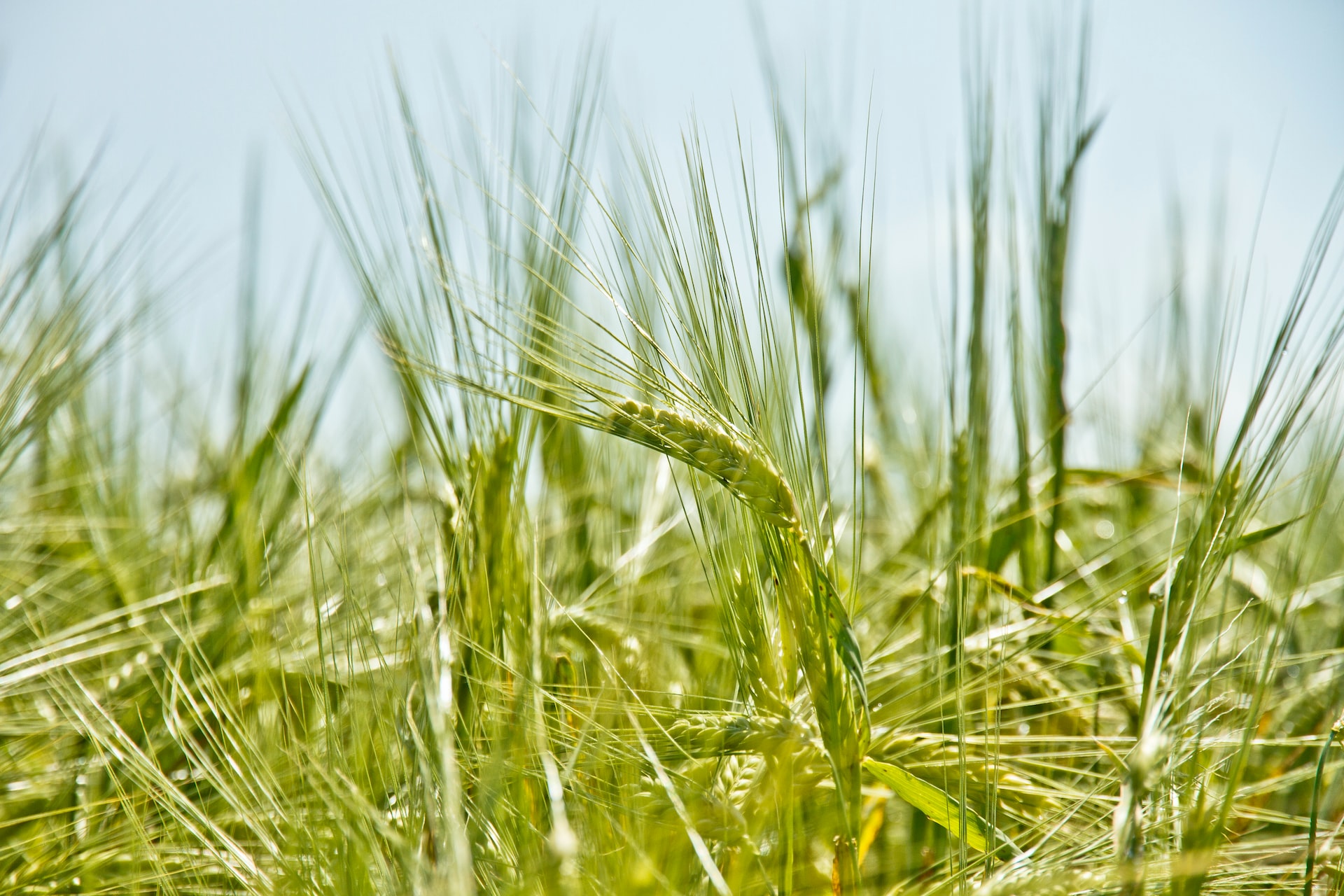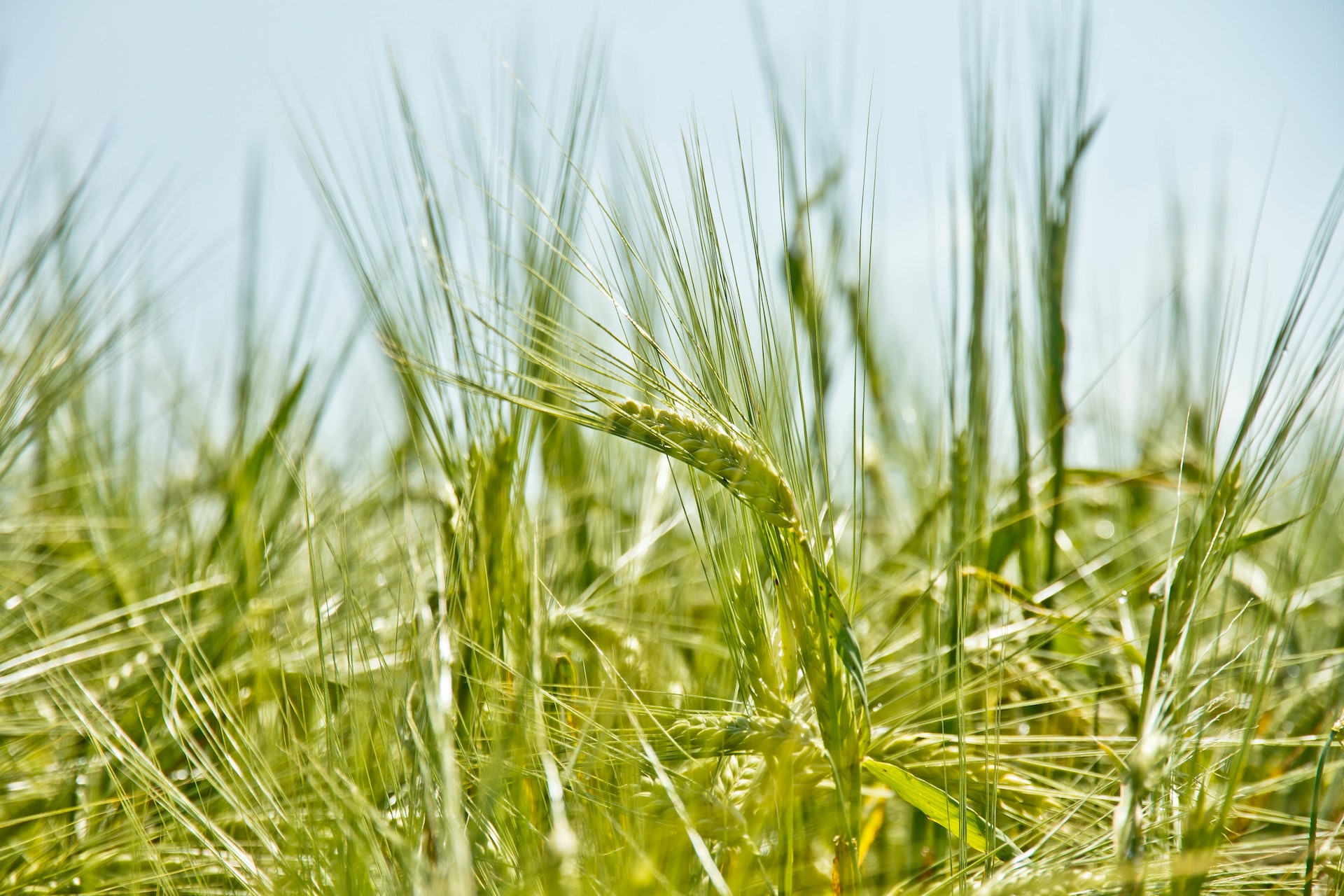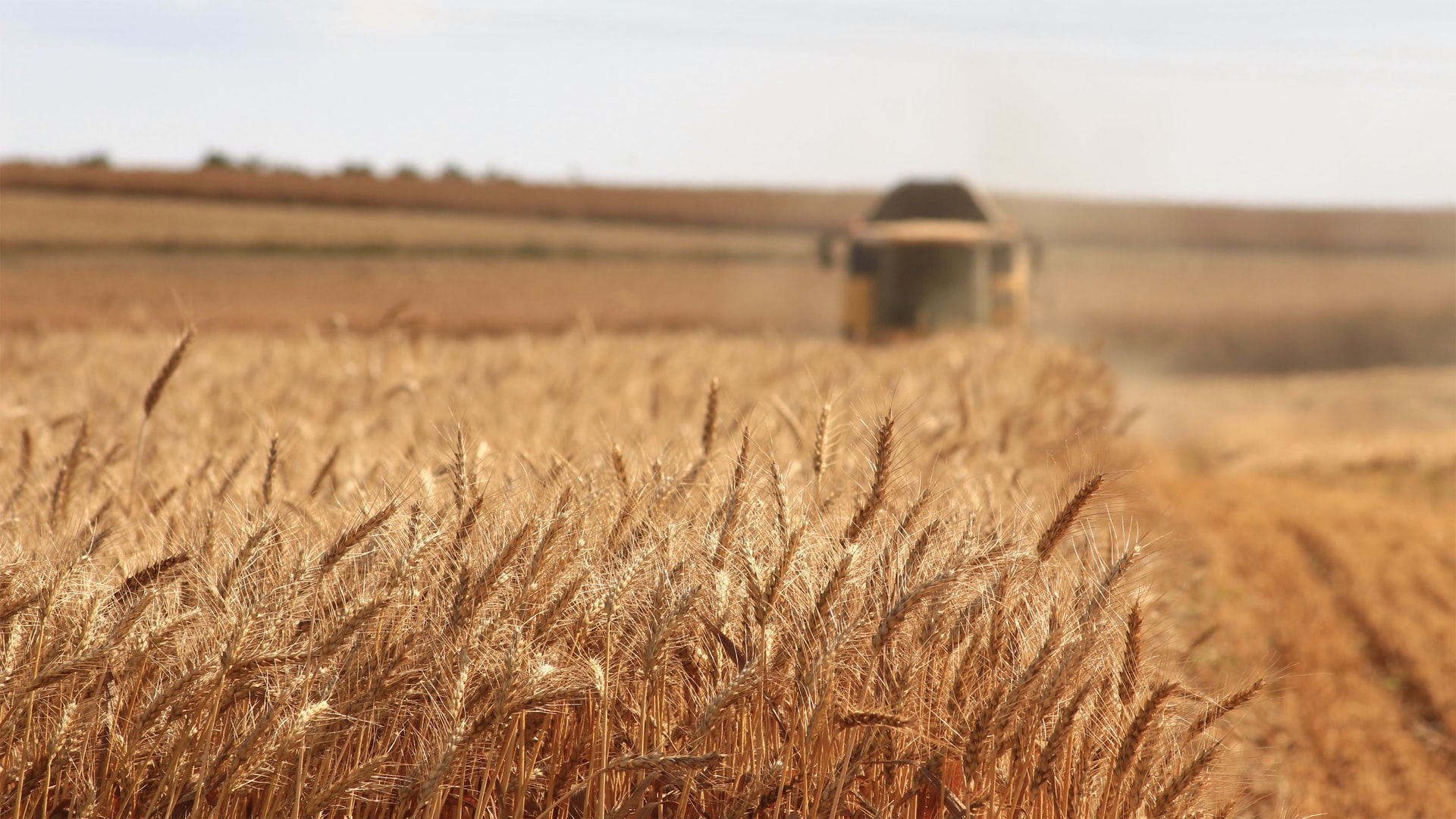Rain delays and quality concerns
By James Urquhart
26th October, 2022
The east coast of Australia has endured another brutal week on the weather front, with El Nino seemingly increasing in ferocity in its third consecutive season. The nation’s thoughts are with those whose homes and businesses are impacted by the floodwaters, and for the farming families who have been dealt this devastating blow on the doorstop of harvest.
For grain markets the inclement weather brings great uncertainty, harvest delays, logistical issues - both on-farm and off - and raises questions around grain quality. For those in a position to capitalise, therein lies possible marketing opportunities.
The market’s concern over the prospects of the Australian wheat quality profile is clearly demonstrated by the ASX wheat futures chart, showing the January contract peaking at a record $500 AUD per tonne last week. The ASX contract is for minimum APW1 quality and can provide a hedge for domestic flour millers nervous about the quality of impending wheat harvest as well as certainty of deliverable grades that a multigrade from the grower cannot offer.
Domestic demand for milling wheat is relatively inelastic and the export sales made up to this point in time will be for predominantly feed quality wheat. So whilst heightened premiums for milling wheat are very likely, they may only last only as long as it takes to fill that domestic requirement before returning to more traditional market spreads.
Similarly, malt barley premiums are also moving higher as maltsters look to shore up supply as the likely percentage of malting quality barley dwindles with each passing shower. Again, like milling wheat – expect malt premiums to be volatile until demand is met, or at least until crop quality sentiment changes or alternative supplies are found to solve the supply issue.
On the other hand, burdened with a significant carryout, the canola crop can afford to lose tonnes and still have enough to meet the domestic crush and projected export demand. Quality may again rear its head and whilst last harvest the industry managed to handle a significant volume of weather damaged canola, the feeling is that this year the threat could be more widespread and impact a greater percentage of a larger east coast canola crop.
In the near term, marketing opportunities will inevitably arise from the delayed harvest and domestic homes looking to cover immediate shorts. Logistics bottlenecks and a heavily delayed shipping stem will also provide short-lived opportunities, however once the harvest starts to hit the bin we need to continue to find export demand and without any further deterioration in the Black Sea situation or other disruption to world trade flows, it is difficult to see a sustained push higher.
It’s often said there’s more money in mud than dust, but dare I say it, I think most east coast grain producers would welcome a break from the rain.
Finding the value in grain price volatility

Since late February this year when the situation in the Black Sea region escalated, global agricultural markets have been trading with such strength and volatility that even those most experienced have found themselves scratching their heads trying to figure out how to best participate, if at all, without getting their heads taken off in the wild swings...
Read MoreHarvest is here

Australia's 22/23 winter crop harvest is officially underway on the east coast with the first headers rolling in Central Queensland and although an exciting time for most, this year's harvest is sure to pose significant challenges to all participants...
Read MoreFocus on grower selling set to sharpen

As October nears and geopolitics, weather and prices have been agonized over for months, and plenty of questions still to answer on where the production number ultimately ends up, one thing is for sure...
Read MoreWaiting on some harvest clarity

As harvest inches steadily towards us, the marketing crystal ball remains as cloudy as ever, with technical and fundamental factors all conspiring to fog up the glass.
Read MoreSouthern crops benefit from wet conditions

Weather in NSW remains mild and wet, and the majority of weather forecasters predict the trend to continue through to October and November.
Read MoreSpring days getting longer, but the weather risks remain

Spring has officially sprung around New South Wales with flowers bursting everywhere across the state.
Read MoreThe premiership quarter

Spring has sprung and with that arrives finals footy as well as critical time in the calendar for growers and industry alike.
Read MoreWhere is this grain market heading

In the last three months across Australia, cash values for grains and oilseeds have seen way more red trading days than green.
Read MoreHarvest plans critical for another big crop

With spring now only two weeks around the corner and the growing season well underway, crop forecasters are beginning to make their rounds in what is set up to be one of the most challenging crops to pick of recent times.
Read More